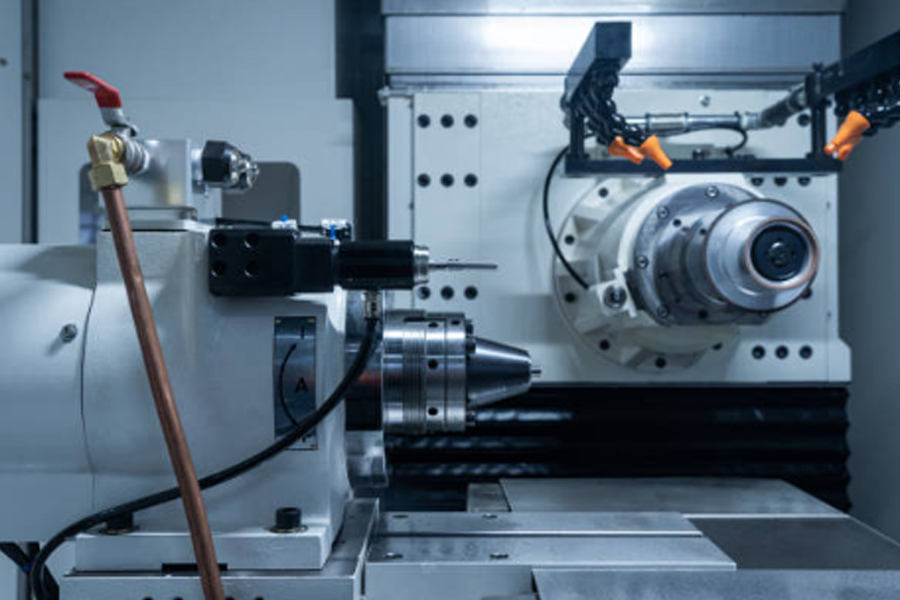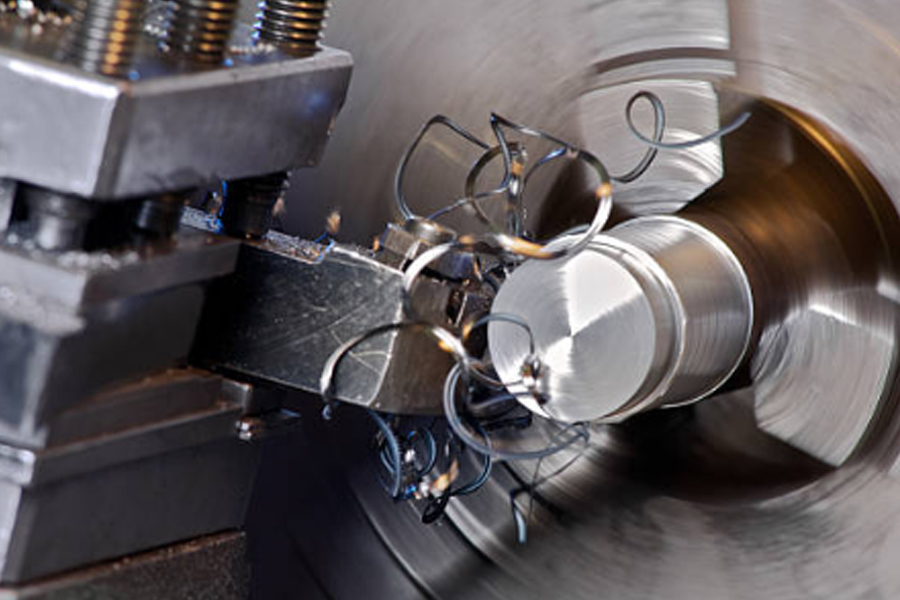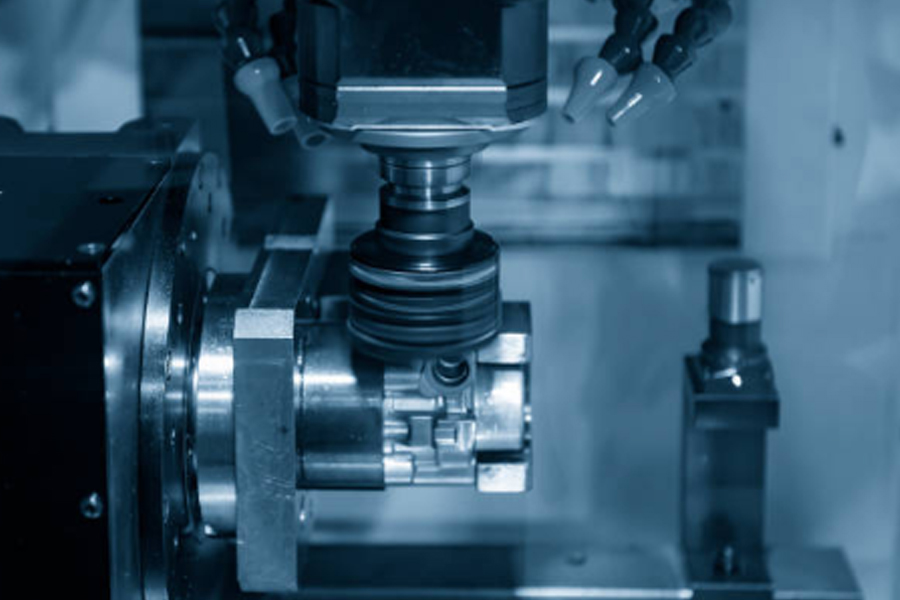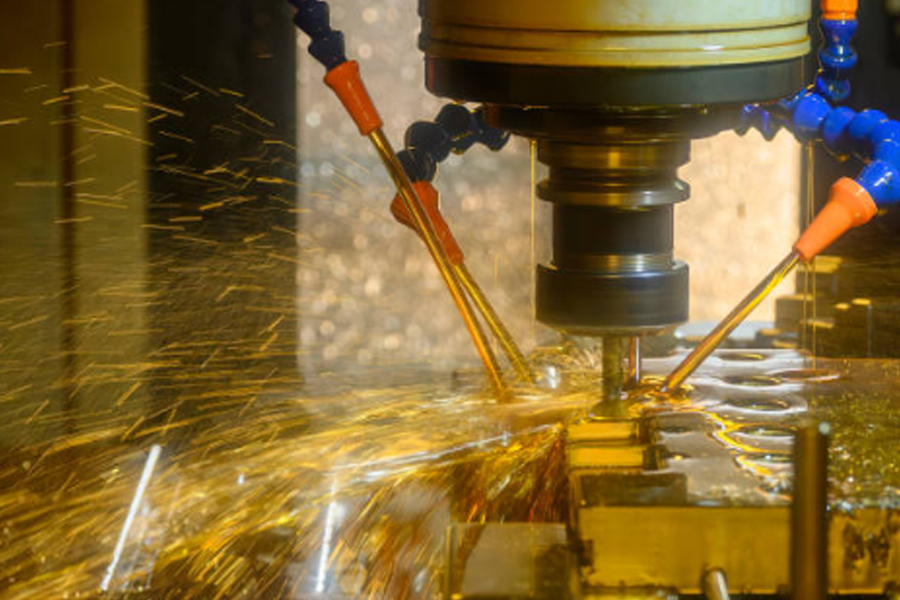In the world of precision manufacturing, every subtle dimensional deviation can trigger an invisible “butterfly effect”—quietly altering product performance or, in medical scenarios, even affecting patient safety. Whether it’s a precision component at the heart of industrial equipment or an artificial joint or surgical instrument implanted into the human body, all of them rely on an unwavering commitment to accuracy, stability, and consistency.
And that commitment is precisely what CNC machining centers can achieve—and consistently maintain.
Traditional machining methods often fall short when facing such demanding requirements. Precision parts and medical components typically need to be controlled within micron-level tolerances or even tighter. They are also commonly made of challenging materials such as titanium alloys, medical-grade stainless steel, and bioceramics—materials that are notoriously difficult to machine. Add to this their complex curved surfaces, deep holes, or thin-wall structures—where even slight deviations can result in scrap—and manual machining becomes not only extremely difficult but nearly impossible to keep consistent across batches.
Especially in the medical industry, where regulatory standards are strict, “consistency” is often a non-negotiable requirement.
This is why CNC machining centers have gradually become the core equipment in both precision manufacturing and medical component machining. Their technical characteristics align perfectly with these stringent demands: high accuracy, high stability, high repeatability, and the ability to handle extremely complex structures. In short, whenever a product demands tight tolerances, strict safety requirements, or specific material properties, a CNC machining center becomes the most reliable partner.

The greatest value of CNC machining lies first in its uncompromising pursuit of precision. High-end CNC control systems—such as FANUC or Siemens—can maintain positioning accuracy within ±0.001 mm and repeatability within ±0.0005 mm. With spindle speeds exceeding 20,000 rpm and high-speed tool holders, vibration is minimized to the greatest extent possible. Even tough-to-machine materials like titanium alloys and bioceramics can be shaped with stable, precise geometry and dimensions. This “millimeter-to-micron” leap is unimaginable for manual machining and is exactly why medical devices and precision components must rely on CNC technology.
Secondly, CNC machining is a “multi-talented” performer, capable of handling complex structures with ease. Traditional machining often requires transferring a workpiece between multiple machines, with each re-clamping introducing new errors. CNC machining centers, equipped with automatic tool changers, can complete milling, drilling, boring, tapping, and more—all in a single setup. With the support of CAD/CAM programming, everything from the curved surfaces of artificial joints to the intricate cavities inside surgical robot actuators can be replicated with high accuracy. Behind every complex geometry lies a CNC machining center silently executing a long list of programmed operations—saving time and reducing scrap.
What’s even more important is its ability to deliver true stability. In mass production, CNC machining eliminates variations caused by different operators’ skill levels or experience. Automatic tool wear monitoring and parameter compensation ensure that every part remains highly consistent. For the medical industry, this means lower scrap rates, easier regulatory inspections, and more reliable mass-production capability. For precision manufacturing, it translates into continuous, controlled, and fully traceable high-quality output.
Why are more and more manufacturers choosing CNC machining? It’s not only because it is “precise,” but also because it is stable, fast, and controllable. CNC machining reduces human error, resulting in more consistent accuracy; in mass production, it saves labor hours, reduces waste, and improves cost control; in material adaptability, it can handle high-hardness materials that are nearly impossible to machine manually; and in compliance, it records machining parameters for easier traceability and auditing in the medical field. From technological strengths to commercial value, CNC machining centers hold an undeniable advantage.
For these reasons, industries pursuing performance limits—and those with zero tolerance for safety risks—have become increasingly dependent on CNC machining centers. They enable manufacturers to confidently handle more difficult materials, more complex structures, and stricter regulatory requirements. They transform manufacturing from something “uncertain” into something “controllable” and “repeatable.”
As technology continues to advance, future CNC machining centers will become even more intelligent and efficient, providing stronger support for precision manufacturing and medical machining and driving the industry toward higher-quality development.







